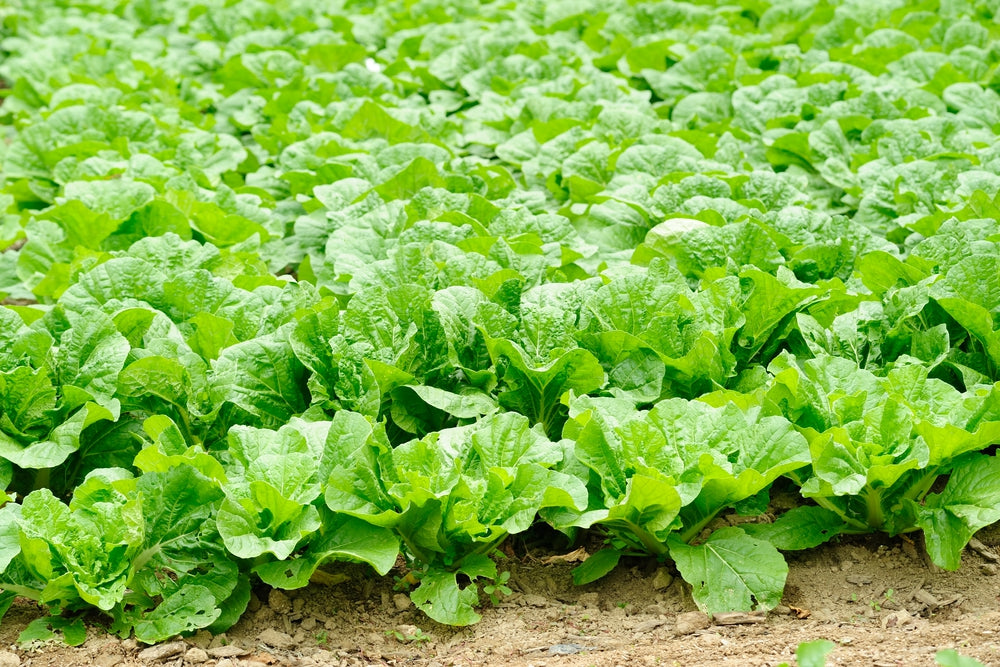
2. Check the weight: Heavy cabbage could indicate a good sign as it could mean that the cabbage is filled with water and is likely to hold the crisp and juicy flavor.
3. Inspect the leaves: The outer leaves of the cabbage should reflect the firm, crisp, and clean nature of the cabbage. It should be free from wiling, discoloring, or rotting. Try to avoid cabbages with signs of brown or yellowing leaves on the outside. The color should be vibrant green with the veins of the leaves showing white or pale yellow.
4. Pick the right size: While considering the size of the cabbage head, we recommend that you choose a medium to medium-large head as they are often preferred in retaining a milder and juicier flavor of Kimchi.
5. Check for firmness: Gently press the cabbage with your fingers to feel the denseness. Avoid cabbages that feel spongy or have soft spots.
6. Check for freshness: The quick sure way to test the freshness is through a smell test. Avoid choosing cabbages that have a foul-smelling aroma.
7. Visual check the stem: Examine the cut-end of the cabbage to see a clean and fresh cut. Avoid choosing any cabbage that has dry and discolored stems.
8. Taste test: If possible, do a quick taste test of the cabbage to see if the cabbage retains a level of sweetness and crunchiness.
9. Choosing in-season cabbages: Consider buying the cabbage when they are in season, and is likely to retain the peak flavor.
10. Go organic: If available, go with the organic Napa Cabbage, as they may be free from chemicals and harmful substances.
